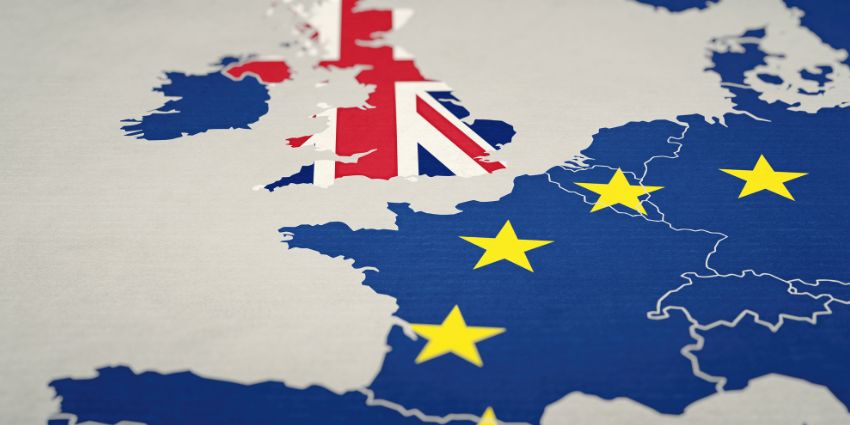UK-EU Emissions Trading Link: A Catalyst for Hydrogen and Energy Exports?

The UK government’s latest agreement to link its Emissions Trading System (ETS) with the EU’s could have significant implications for the hydrogen economy and cross-border energy exports.
By aligning carbon pricing mechanisms, British businesses will avoid the EU’s incoming Carbon Border Adjustment Mechanism (CBAM), which would have cost UK firms an estimated £800 million annually.
Hydrogen Economy: A Competitive Boost
For hydrogen producers, the ETS linkage offers a more predictable carbon pricing environment, reducing volatility and encouraging investment in low-carbon hydrogen projects.
With the UK aiming to scale up hydrogen production, this alignment could enhance the competitiveness of British hydrogen in European markets, particularly as the EU accelerates its hydrogen adoption under its REPowerEU strategy.
Energy Exports: Strengthening Market Access
The agreement also paves the way for smoother electricity trading between the UK and EU, ensuring British renewable energy – potentially including hydrogen-derived power – faces fewer regulatory barriers.
By linking ETS markets, UK energy exporters may benefit from reduced transaction costs and improved liquidity, making British clean energy more attractive to European buyers.
Industry Perspective
Business leaders across the energy sector have welcomed the move, citing its potential to drive investment in clean technologies and bolster the UK’s position as a key player in Europe’s decarbonisation efforts.
The Confederation of British Industry (CBI) and UK Steel have both highlighted the importance of ETS linkage in maintaining competitiveness and securing long-term growth.
With nearly £9 billion projected to be added to the UK economy by 2040, this policy shift could mark a turning point for Britain’s hydrogen ambitions and its role in Europe’s evolving energy landscape.

